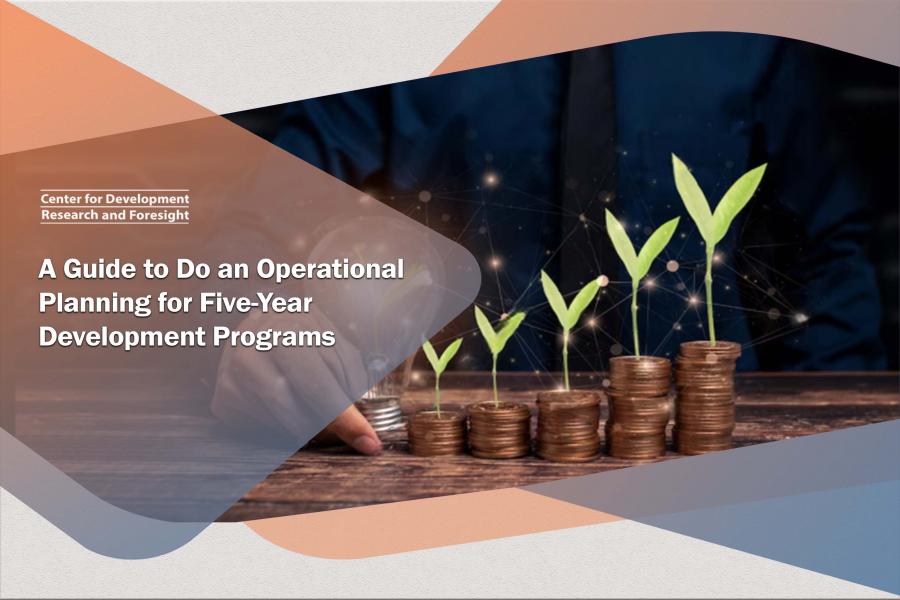
-
بررسی آییننامهها و دستورالعملهای برنامه هفتم پیشرفت
-
بررسی عوامل موثر بر افزایش تصادفات و تلفات جادهای و سوانح رانندگی و دادهکاوی تلفات انسانی
-
سازماندهی و بازآرایی فضایی آموزش عالی کشور
-
به روز رسانی سند ملی آمایش سرزمین
-
انجام مطالعات مناطق آزاد به عنوان نواحی پیشران اقتصادی کشور
-
اصلاح ساختار بودجه و پیاده سازی نظام یکپارچه مدیریت اطلاعات مالی دولت (IFMIS)

An action plan is a projection of actions that are needed to achieve specific goals based on the possibilities, limitations, and outlines established in strategic planning. This study aims to provide a model for developing the action plan of the country's five-year development plan to address frequent criticism in the country's development planning system. The criticism argues that without a strong link between the action plan and the strategic plan, developing a strategic plan is ineffective, and the action plan becomes superficial and shallow. The study aims to present a cohesive planning process that connects strategic goals to actions and implementation, including project definition, activity, and program evaluation and modification.
The study's results identify key elements of the action plan, including action goals, plans, quantitative goals (at the result and consequence levels), projects, activities, and implementation of plans. Additionally, the action plan should consider the three pillars of annual budgeting, monitoring and evaluation, and review and correction as complementary elements. This ensures that the action plan functions as a chain with interconnected links and complete coordination and communication with budgeting, monitoring, and review processes.
The preparation of the country's five-year strategic plan involves two levels: the strategic plan level and the action plan level. The strategic plan level involves greater unity of opinion and consensus on its components and elements compared to the action plan level. It starts by analyzing strengths, weaknesses, opportunities, and threats, stating the mission, vision, and clarifying strategic goals, and ends with presenting strategies and policies.
After defining strategic goals and strategies, the strategic plan can be connected to the action plan to translate the strategic plan into objectives. Operational goals bridge the gap between strategic planning and the context of action, bringing policy-making closer to the planning context. The general structure of the action plan includes operational goals and other elements.
The setting and formulation of the middle levels of the program involve managers and planning experts. This level of planning is participatory and interactive, requiring active presence, public persuasion, and acceptance. It emphasizes an interactive process and program development with the active participation of stakeholders, expertise of program development actors, integrated view among program development elements, flexibility, adaptability to new conditions, planning based on on-site observations, evaluation and feedback, priority determination, and choice. These features and benefits of the action plan have positive effects on the planning system.



